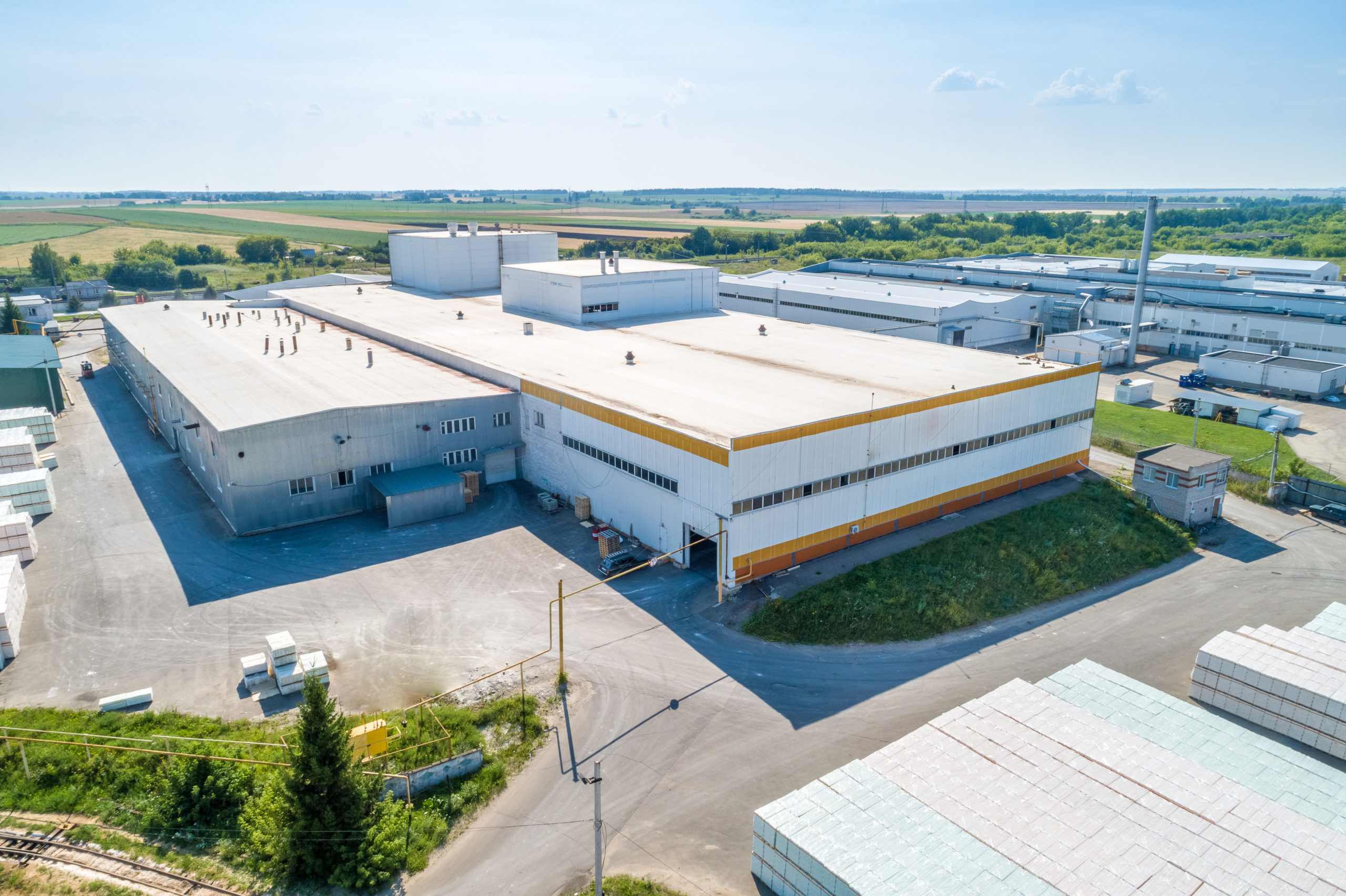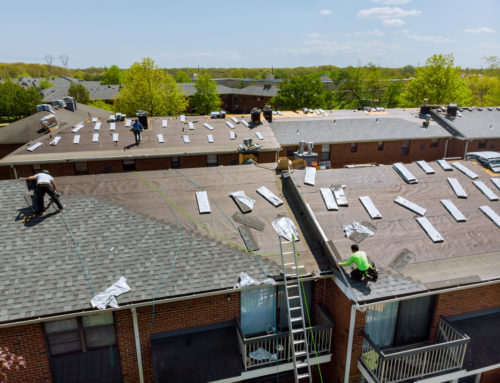How Do Polyurea Coatings Compare
Polyurea is more efficient and more advanced than these traditional coating systems and offers many advantages to the owner, specifier and contractor.
These advantages come mainly in the form of achievable physical properties, how quickly it sets and is able to return to service characteristics. It can also be applied over a variety of different materials such as concrete, metals, wood and more.
Most industrial use polyureas are spray applied, so it is fast to apply and accurately proportioned and mixed. This application style allows for any thickness to be applied in one or multiple spray coats. Additional characteristics such as slip resistant additives and surface textures can also be incorporated, UV stable colors can be achieved, and even NSF potable water approved systems are also possible with polyurea. Adding polyurea will not only seal the roof but also likely provide lower utility costs as it will not cost as much to cool your building in the summer months with a white roof compared to a black tar roof.
Nothing can compare to polyurea when it comes to attainable physical properties. Polyureas can be formulated to achieve a tremendous range of properties from high elongation to superior tensile strength to hard or soft, all based on how the materials is formulated and correctly applied.
Most roofing systems cannot tolerate chemicals. Polyurea Roofing Systems will resist corrosive chemical fallout that can be exhausted onto a roof’s surface from the production areas inside of the building or from a neighboring building.
Water-Proof Roofing
Polyurea Roofing Systems can actually withstand permanent standing water conditions. Not many roofing systems can say this. The family of polyureas used on roofs are used as secondary containment ponds liners that must not leak. We highly recommend Expandothane as it can be sprayed over nearly anything. We are also a preferred Gaco Roofing Installer.
Polyurea Roofing Systems have excellent elastomeric properties and can achieve up to 1200% elongation. .
Most At-Risk Roofing
- Low slope or flat
- Metal, hot asphalt “tar & gravel”, concrete
- Multiple angles and valley seams
- Large industrial heating / air conditioning
- Multiple penetrations such as pipes, skylights
- Foot traffic on rooftop patios or equipment repair
- Trees and potential debris in storms
- Short-term repairs such as adding asphalt





